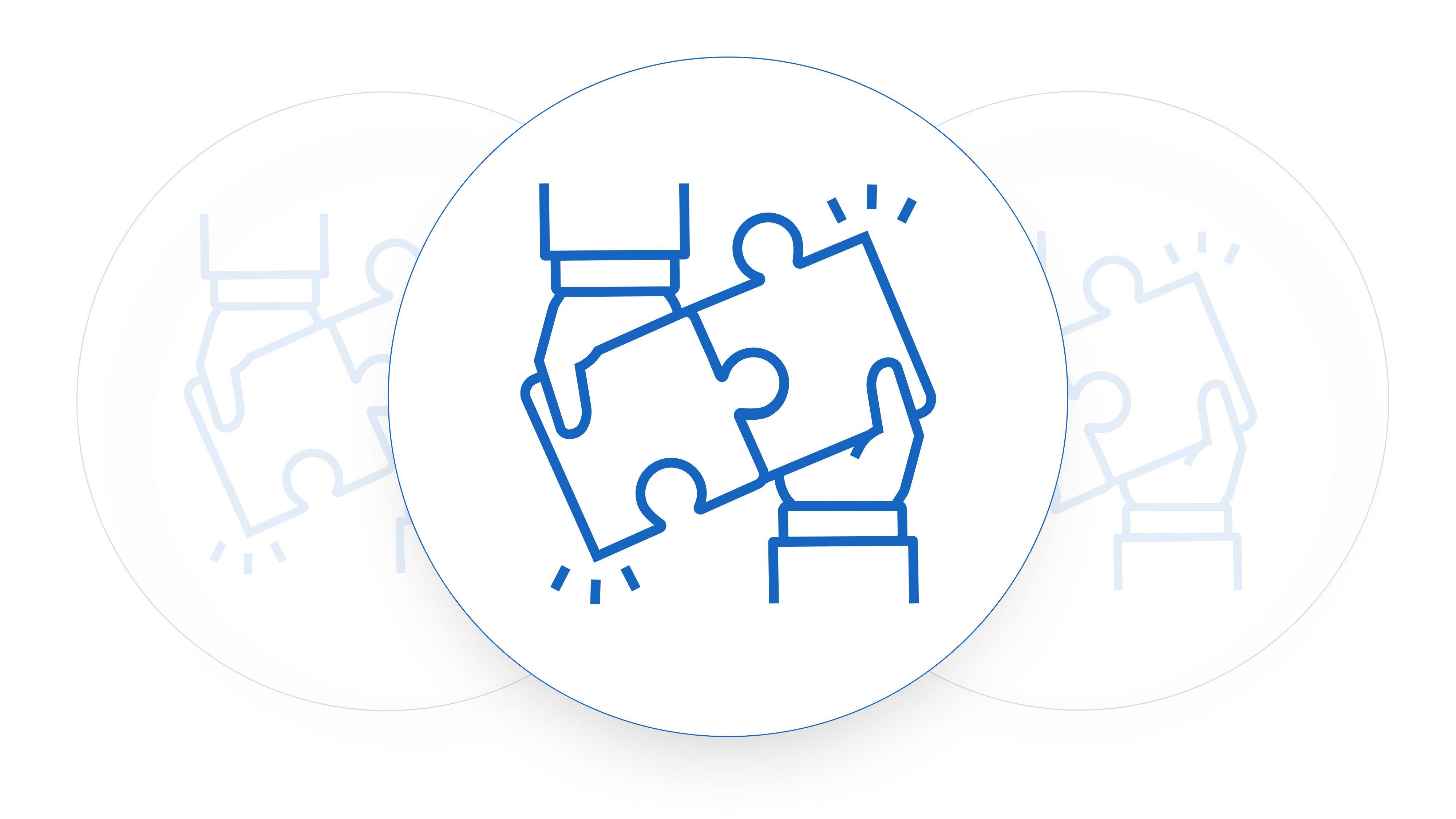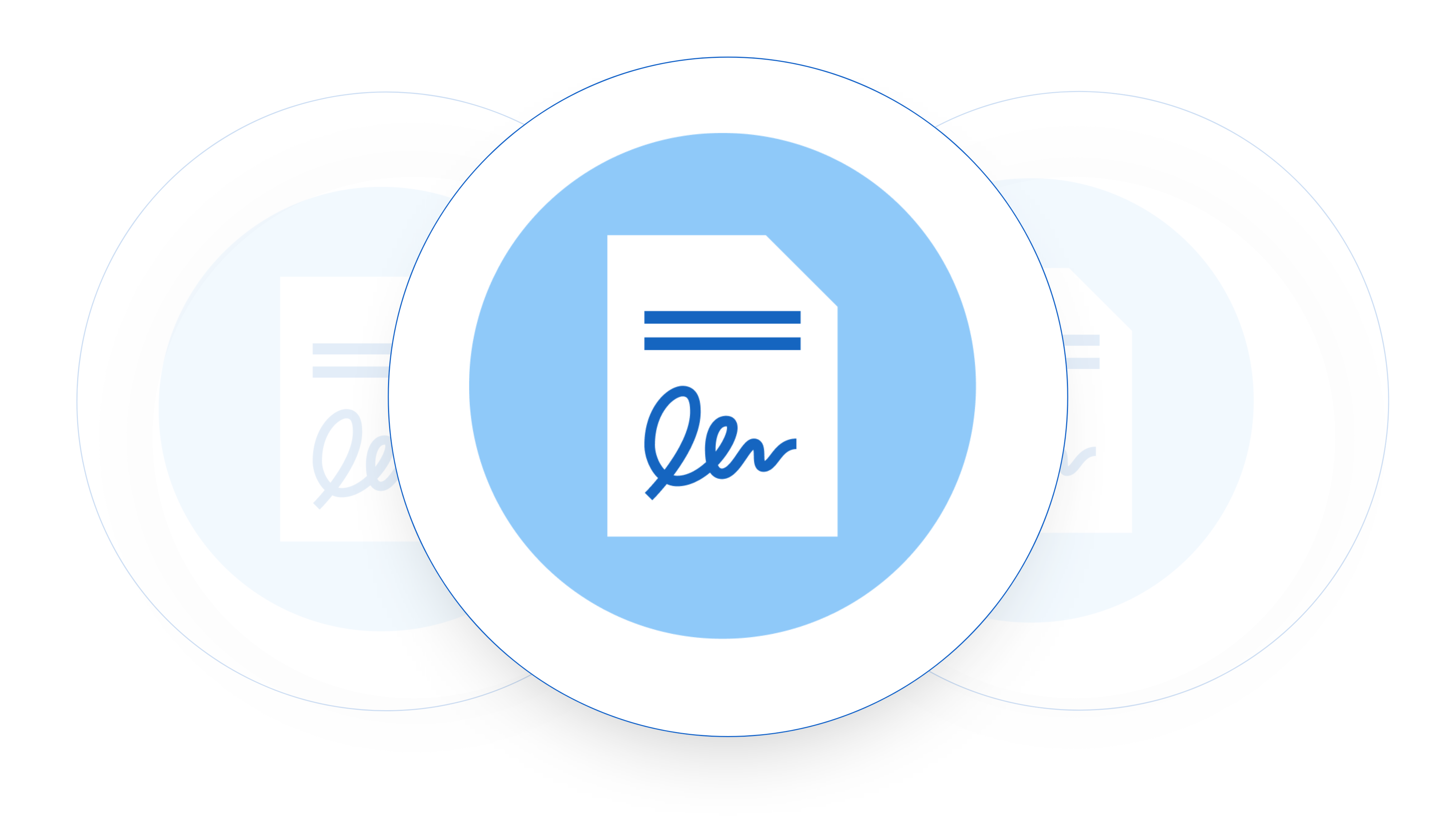Contract management is a crucial aspect of any business organization. It involves the administration of agreements made with customers, vendors, employees, and other stakeholders. Knowing what are the top contract management metrics to track will help you improve your SaaS business in a number of ways. Efficient contract management not only ensures smooth business operations but also minimizes risks and enhances profitability. However, successful contract management isn’t possible without proper monitoring and evaluation. That’s where contract management metrics come into play.
Contract management metrics every business should track (scroll for SaaS specific metrics)
1. Contract Cycle Time:
Contract cycle time refers to the duration from when a contract is initiated to when it is signed. The faster you can get this done the faster your sales cycles will be and the faster you’ll be able to scale. Long contract cycle times can slow down business processes and negatively impact relationships with partners. This is of course very customer and industry dependant. By tracking this metric, businesses can identify bottlenecks in the contract lifecycle and implement strategies to streamline the process, thereby reducing the cycle time.
2. Contract Value:
Contract value represents the financial worth of a contract over a specific period. This can include the overall value, annual value, and average contract value. Tracking contract value helps businesses gauge their income potential and aids in financial planning. One important metric to track is your average contract value and your average sale value. The difference is the first of these to includes long time customers that may have expanded or contracted over time. Understanding fluctuations in contract value can also uncover trends and inform strategic decisions.
3. Contract Renewal Rate:
The contract renewal rate is the proportion of contracts that are renewed upon expiration. Do customer stick with you or do they run for the hills? A high renewal rate often indicates satisfaction among contracting parties. On the contrary, a low renewal rate may suggest dissatisfaction and requires investigation. Monitoring this metric helps in maintaining healthy business relationships and sustaining recurring revenue streams.
4. Obligation Fulfillment:
Obligation fulfillment assesses how well each party is meeting their commitments as specified in the contract. It is crucial for fostering trust and maintaining healthy relationships between the contracting parties. Tracking obligation fulfillment allows for early detection of deviations and fosters proactive contract management.
5. Risk Exposure:
Risk exposure pertains to the potential negative impact from factors such as contractual non-compliance, volatile market conditions, or changes in regulatory laws. You should always be keeping an eye on specific things in your contracts such as liability caps that could be triggered. Tracking this metric can help organizations foresee potential risks and implement preventive measures to mitigate adverse outcomes.
Effective contract management relies on tracking key performance indicators that provide insights into the overall health and success of a business’s contractual relationships. Regular monitoring and assessment of these metrics ensure that contracts are not just legal necessities but strategic tools for business growth and success. It’s important to note that the choice of metrics to track may vary depending on an organization’s unique needs and objectives. Therefore, it’s critical to carefully select and measure the most relevant metrics that align with your business goals.
Software as a Service (SaaS) Specific Contract Management Metrics
SaaS companies operate under unique business models, and the sales contracts they negotiate and manage reflect this. Consequently, the contract management metrics they track might be more specific from those mentioned above by more traditional businesses. Here are the top contract management metrics that SaaS companies should focus on when tracking their sales contract management:
1. Contract Acquisition Cost:
For SaaS companies this is a fairly standard metric to track, albeit a difficult one at times. It’s crucial to monitor how much is spent on acquiring a contract, including all costs associated with sales and marketing. Some of the difficulty comes when you are trying to match the sales and marketing costs with the deals that they were involved in acquiring, but that is an issue for marketing and finance. This metric offers insights into the effectiveness of a company’s sales and marketing strategies and directly impacts the company’s bottom line. The less you’re spending on CAC the more you can scale. By tracking the contract acquisition cost, businesses can find ways to reduce these costs and enhance profitability.
One of the key ways you do this with your contract data is by having clear data of when a customer’s deal closed and when it kicked off (as in the customer started using your platform). This can help attribute spend to acquisition.
2. Monthly Recurring Revenue (MRR) and Annual Recurring Revenue (ARR):
Super simple these are two of the top contract management metrics to track in any company. Recurring revenue is the bread and butter of any SaaS company. MRR and ARR are critical metrics that quantify the total predictable revenue a company expects on a monthly or yearly basis, respectively. Tracking these metrics helps businesses forecast future revenue and growth, critical for strategic planning. One tip here is that when you are tracking your MRR/ARR of contracts you should track them in the currency of that the customer in invoiced. This might mean that you have multiple currencies to roll up to the total but it will mean that you can use a static conversion rate for each meaning you don’t get currency fluctuations across contract periods which would make expansions and contractions when in reality it is just currency changes.
3. Churn Rate:
Churn rate refers to the percentage of customers who end their subscriptions within a given time period. High churn rates signal customer dissatisfaction, a major concern for SaaS business contracts. Keeping an eye on this in a well formatted MRR waterfall will allow you to not only monitor it but also see it coming before it happens. By monitoring this metric, companies can identify and address the factors contributing to customer attrition, improving customer retention and overall profitability.
4. Customer Lifetime Value (CLTV):
CLTV is a prediction of the net profit from the entire future relationship with a customer. It helps SaaS companies understand how much revenue they can expect from a customer over the life of their contract. Again, with a well formatted MRR waterfall you’ll be able to understand what this lifetime value is quite easily. A high CLTV indicates that a company is retaining customers and successfully upselling or cross-selling its services.
5. Contract Expansion Rate:
For SaaS companies, contract expansion rate, which measures the percentage increase in contract value over time, is one of the best indicators of traction. And one great metric for this is NRR – Net Revenue Retention. The percentage increase that you see in a batch of customers over a twelve month period, including expansion, contraction and churn. So basically, for $100 of income you had this time last year, how much do you have now? If it’s still $100, you have a 100% NRR, if it’s $110, you have a 110% NRR and so on. Expansion can occur through upselling, cross-selling, or price escalation clauses. This metric is a key indicator of customer satisfaction and the effectiveness of a company’s customer success strategies.
6. Contract Compliance:
Even in the tech-driven SaaS world, contract compliance remains an essential metric. This refers to the degree of adherence to the terms and conditions of a contract by all involved parties. By tracking contract compliance, SaaS companies can promptly detect and address non-compliance, mitigating legal risks and potential loss of revenue. Think about what you’re delivering to a customer, the SLA’s that are outlined and so on.
7. Time-to-value (TTV):
In the SaaS industry, TTV measures the time it takes for a customer to start gaining value from a product or service after purchase. It’s a hard metric to track. But imagine a customer that signs up on an annual contract but takes three months to roll out your product in their company, the frustration is real. Short TTV can boost customer satisfaction and reduce churn rate. Monitoring TTV can help SaaS companies identify bottlenecks and streamline their onboarding process to deliver value to their customers faster. Try and keep a record of what constitutes value and record when customers reach this.
By closely tracking these metrics, SaaS companies can gain actionable insights into their contract management efficiency, customer satisfaction levels, and overall business health. However, given the rapidly evolving nature of the SaaS business model, it is crucial to continuously revisit and refine these metrics as necessary to align with shifting business goals and market dynamics.












